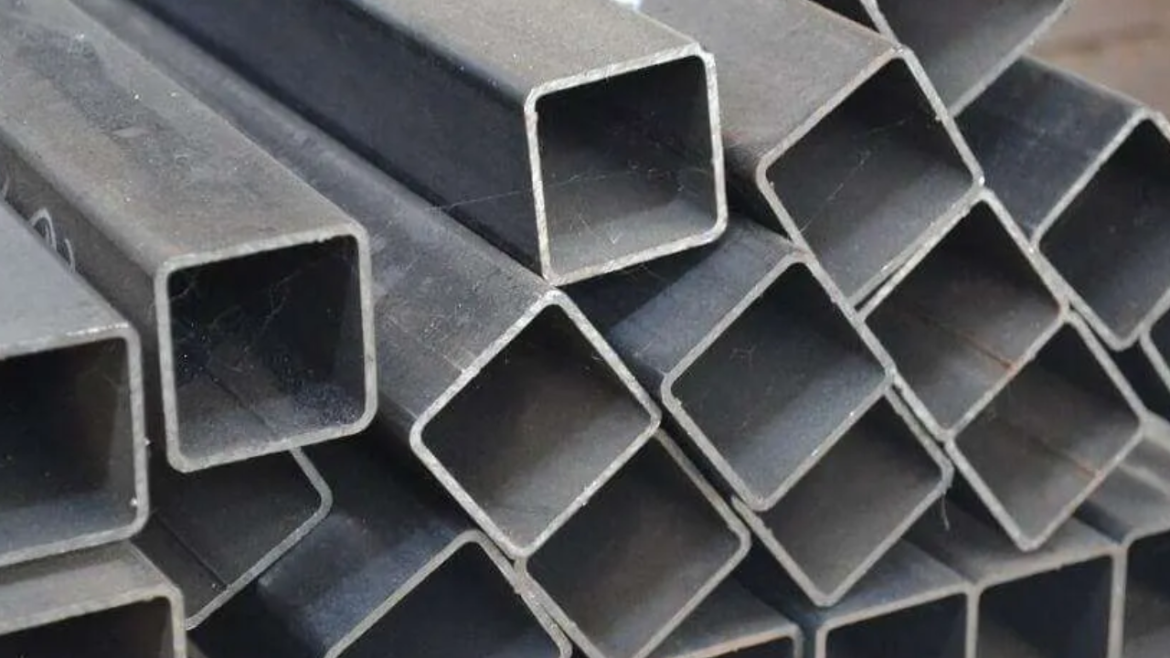A kind of metal profile having a hollow tubular cross-section is referred to as a Hollow Section. These parts are also occasionally referred to as structural tubing or tube steel. Though occasionally they are made of fiberglass or plastic, metal is the material of choice for most of them. Copper (Cu), aluminum (Al), stainless steel (SS), and carbon steel (CS) are the most often utilized metals to create hollow sections.
A kind of steel profile known as hollow structural sections (HSS) has a hollow cross-section. Because of these hollow structural section strength-to-weight ratio, durability, and visual appeal, they are frequently employed in construction. HSS is frequently shaped into square, rectangular, and circular forms. They are made either by welding separate parts together or by cold-forming flat steel sheets.
Which Applications Are There For Hollow Sections?
Numerous industries, including infrastructure, automotive, aerospace, and construction, use hollow parts. In addition to creating lightweight parts for automobiles and aircraft, they are employed in the construction of gearbox towers, bridges, and other structures. They can be used in applications that call for strength, durability, and low weight because of their adaptability.
Types of Hollow Section
Hollow sections are essential parts of many engineering and building projects. They are often referred to as hollow structural sections (HSS). Their tubular, hollow designs, which minimize weight while offering strength and structural integrity, are what define them. We’ll look at a few popular varieties of hollow sections:
Rectangular Hollow Sections (RHS)
These sections have a homogeneous wall thickness throughout and a rectangular cross-section. They are extensively used in construction for infrastructure, bridges, and building frames. They can be used in a variety of structural designs due to their easy connection and effective use of available space according to their rectangular shape. Because of its sleek appearance and clear lines, RHS is frequently chosen for aesthetic reasons in architectural designs.
Sections with Square Hollows (SHS)
Another common form of the structural hollow section that is in between RHS and CHS in terms of features, appearance, and structural behavior is the square hollow section (SHS). SHS has a level surface that facilitates welding and connecting. Their wide application in the building of columns, beams, and trusses gives them strong support in a variety of construction projects.
Hollow Sections Circular (CHS)
The cross-section of circular hollow sections is circular, which offers the best resistance against bending and torsional stresses. Bridges, pipelines, and mechanical parts are just a few of the many applications of CHS. The circular form promotes effective load distribution, strengthening the stability and integrity of the structure. CHS are preferred because of their adaptability and structural effectiveness, especially for projects that call for the management of fluid flow or curved parts.
Elliptical Hollow Sections (EHS)
These profiles combine the best qualities of round and rectangular profiles with an elliptical cross-section. EHS is a cost-effective option for structural design since it minimizes material consumption and provides exceptional load-bearing capability. They are used in fields where streamlined designs and effective load transfer are crucial, like marine, aeronautical, and automotive engineering. Applications needing improved aerodynamic performance or aesthetics are best suited for EHS.
Triangle Hollow Sections (THS)
With three straight sides and sharp corners, a triangle cross-section is displayed by triangular hollow sections. THS has distinctive geometric qualities and load-bearing capacities, which are used in specific structural arrangements. When geometric intricacy and aesthetic appeal are sought after, they are frequently used in architectural features, sculptures, and creative displays. THS offers designers the freedom to experiment with novel structural shapes while maintaining structural performance and stability.
Specialty Hollow Sections
Including trapezoidal, hexagonal, and octagonal shapes, specialty hollow sections provide customized solutions for particular technical problems. These sections, which are tailored for specialized markets like the automotive and aerospace industries, offer distinctive structural advantages and aesthetically pleasing options that promote the development of specialized applications in contemporary engineering and building.
Final Thought
Hollow sections come in a range of shapes, including square, round, elliptical, triangular, and rectangular, and each has unique benefits for engineering and construction. Hollow sections are still vital parts of many structural applications because of their strength, efficiency, and versatility; this helps build robust and creative infrastructure all around the world.
